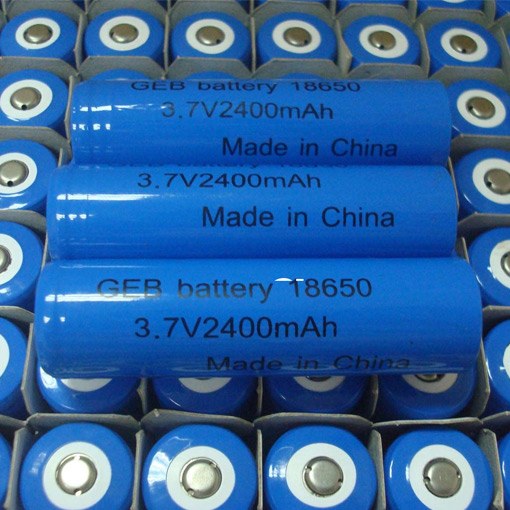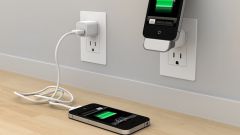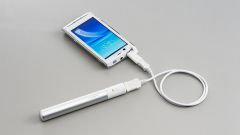You will need
- charger
Instruction
1
Avoid total discharge. They badly and can lead to failure. It is recommended to maintain the battery level is not less than 75% full.
2
Lithium-ion batteries charged on the principle of "constant current / constant voltage". Unlike conventional batteries, lithium-ion requires a higher voltage to the element (about 3.6 V). If, for example, lead-acid batteries can slowly recharge after a full charge, Li-ion be deprived of the ability.
3
Be sure to adhere to the charging conditions of the battery. Lithium-ion batteries can operate in temperatures from 0 to +60oC. In the conditions of negative temperature, the battery stops charging.
4
A distinctive feature of the lithium-ion battery technology - very high sensitivity to increased voltage at the time charging. There are times when this battery light up. To avoid such incidents in modern lithium-ion batteries build a special electronic Board that disconnects the battery in case of overheating. Another way to avoid the battery overheating - the use of "smart" chargers. Most modern chargers can determine when a full charge of the battery and to turn off the current.
5
Connect the battery to the charger, and it, in turn, connect to the network. Some chargers allow you to choose the maximum current. For example, low-power batteries can be recharged with a current of 500 mA, and more powerful batteries - a current of 1000 mA. This reduces the charging time.
6
At the end of charging disconnect batteries from charger. If the battery will not be used for a long time, it is better to charge it by 60-70 percent.
Note
Lithium-ion batteries are characterized by low values of discharge. At room temperature, these batteries lose no more than three percent of the charge per month.
Lithium-ion batteries are able to withstand a large number of cycles of discharging-charging. After six such cycles, the battery capacity only drops to 80% of the original.
Lithium-ion batteries are able to withstand a large number of cycles of discharging-charging. After six such cycles, the battery capacity only drops to 80% of the original.




